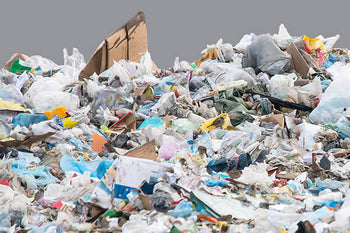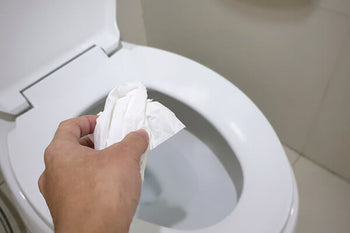Across the length and breadth of India, around 121 million menstruators (36%) of the country’s 336 million menstruating population, have access to sanitary products. This results in thousands of tonnes of non-biodegradable pads that are disposed of every year, in a variety of ways. Due to the lack of infrastructure for organised segregation, collection, and disposal as well as improper transportation networks in cities and villages, these soiled pads eventually end up in landfills or oceans.

Landfills

Incineration


